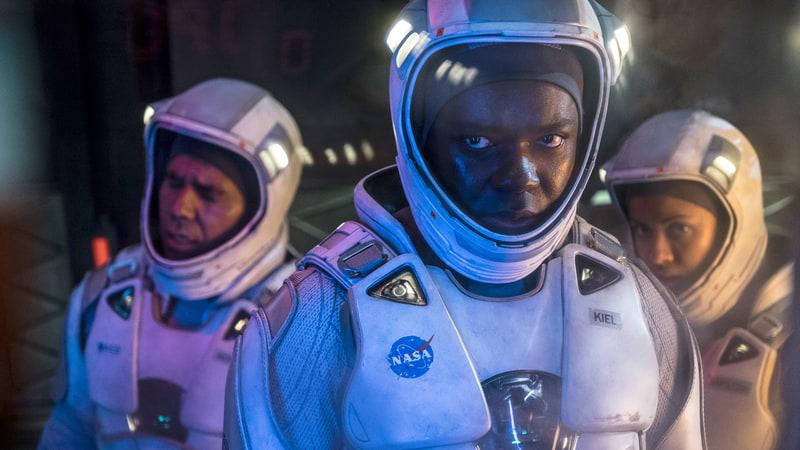If “The Cloverfield Paradox” ends up becoming a part of film history, it’ll be because of its unique distribution, not because of its quality or innovation.
Netflix acquired the movie from Paramount Pictures and aired a commercial for it during the Super Bowl, announcing to the world that the third “Cloverfield” movie would be available to stream immediately after the football game.
It was a smart strategy, as it directed billions of eyes to a product which Netflix subscribers could easily access at no extra charge. But an intelligent and innovative release strategy does not equate an intelligent and innovative movie.
In the film, the nations of Earth are on the brink of war over oil and the world’s energy resources are estimated to be fully exhausted in five years. It’s like real life, except here the U.S. government is actually trying to solve the problem. And giant monsters are present, barely.
The name “Cloverfield” became famous for being a giant monster movie, so naturally a film which includes that in its title will lead viewers to expect colossal beasts who lay waste to humanity and all of their creations. In that respect, this film is a disappointment.
A crew of seven astronauts from different countries board the Cloverfield Station with the goal of launching the Shepard, a particle accelerator meant to solve the Earth’s energy crisis. At the time of the film’s beginning they are in space and have been through 27 failed launches, which has left them with enough fuel for three more tests.
To say what happens during one of those remaining three tests is to spoil what appears to be intended as a plot twist, therefore I won’t be talking about that.
“The Cloverfield Paradox” fails as a narrative and as a piece of visual art because it relies on expository dialogue to explain everything instead of visualizing it for the audience. It also fails to use film’s visual aspects to establish context or consequence. We are told that the Earth’s supply of energy is nearing exhaustion but, outside of one scene which depicts a blackout, we have no idea what repercussions this would bring to civilization or even to the lives of the specific characters we are meant to follow. Without being able to visualize what those bad things would look like and how they would hurt people, it’s difficult to care.
The film feels like five movies combined into one. Only one of the storylines truly gets resolved because at some point the filmmakers must have realized they needed to have a payoff which would allow them to get to the money shot — the monster. Sticking to one of the potential storylines this film presents, rather than five separate ones, would have made it more interesting. Instead, it tries juggling five balls and drops four of them. One successfully landed in the juggler’s hand, but I didn’t care because the consequences of failure were never made clear.
Nothing about the way the film is constructed is offensive. It’s competently shot and edited. The film has a diverse cast and its one Chinese character’s use of her native language is never treated as the butt of a joke. While these are details I appreciate, they do not make a great movie, merely pleasant additions.
“The Cloverfield Paradox” is derivative; it has no new tricks. That isn’t what makes it awful, but it certainly sticks out when the movie is this bad — and that leads to an irritating experience.
2016’s “10 Cloverfield Lane” is roughly the same length and significantly better. That film has complex characters, establishes consequences for the protagonist and delivers on the promise of giant monsters. Seek it out instead.




